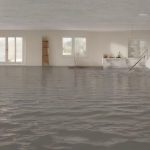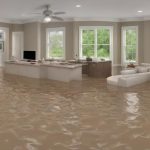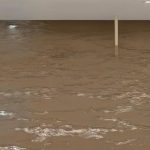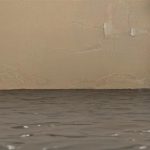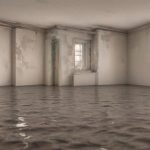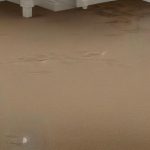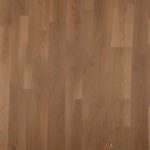Introduction
Water damage to ceilings can be a homeowner’s nightmare, causing not only structural issues but also health hazards like mold infestation. In this comprehensive guide, we’ll delve into the common causes of ceiling water damage, how to identify it, and what steps to take for effective restoration.
Causes of Ceiling Water Damage
Extreme Weather: The Culprit Beyond Our Control
Nature’s fury, manifested in storms, hurricanes, heavy rains, and snow, often leads to roof and ceiling damage. The relentless onslaught of weather elements can compromise the integrity of your home’s protective layers, allowing water to seep through and wreak havoc on your ceilings.
Clogged Gutters: A Preventable Menace
Neglected gutters filled with twigs, leaves, and debris can channel water directly into your home instead of away from it. The accumulation of water near the roofline can find its way into your ceiling, causing unsightly stains and potential structural damage.
Faulty Appliances: A Sneaky Source of Trouble
Your trusty appliances, like the AC unit or malfunctioning pipes, can also be culprits in ceiling water damage. Condensation from poorly maintained AC units or leaky pipes hidden above ceilings can slowly drip water, gradually saturating the surrounding areas and leading to visible damage.
Unforeseen Sprinkler Mishaps: Water Where It Shouldn’t Be
While sprinkler systems are essential for fire safety, malfunctioning or faulty sprinklers can inadvertently douse your ceilings, causing water damage. Even the slightest trigger, like a false alarm or a malfunction, can result in significant water infiltration into your home’s interior.
Also Read: Signs of Water Damage on Ceiling: What You Need to Know
Identifying Ceiling Water Damage
Visual Clues: Signs That Can’t Be Ignored
The most common visual indicators of ceiling water damage include brown patches that progressively expand, moldy growths signaling moisture issues, and swollen walls or door casings due to water seepage. Additionally, peeling wallpaper and paint, along with sweating or moisture beads, are telltale signs of water infiltration.
The Unpleasant Consequences: Beyond Aesthetics
Beyond the unsightly appearance of water-damaged ceilings, there are serious consequences to consider. Mold infestation poses health risks, compromised electrical wiring increases fire hazards, and slippery floors from water puddles can lead to accidents. Moreover, rising utility bills due to compromised insulation add financial strain to the mix.
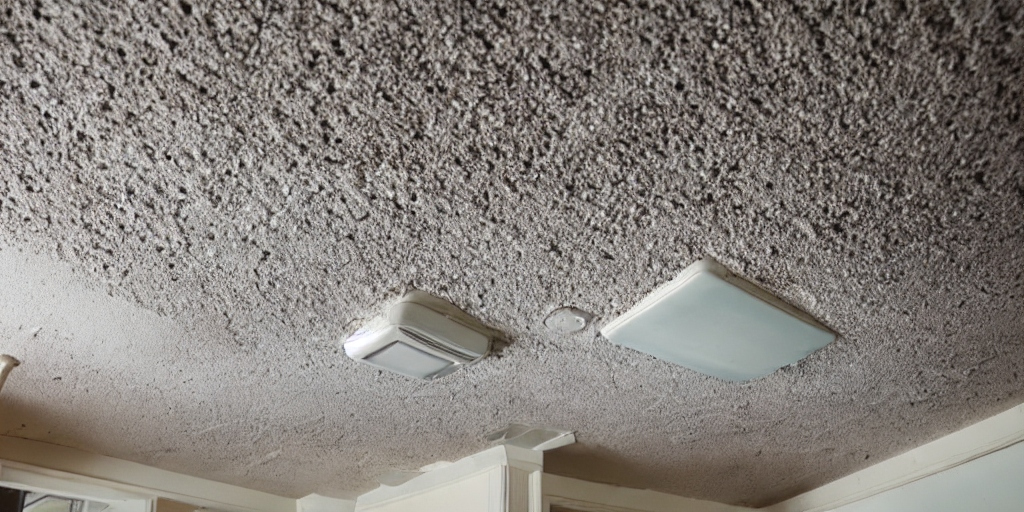
Dealing with Ceiling Water Damage
Immediate Action: Stopping the Spread
Upon discovering ceiling water damage, swift action is crucial to prevent further escalation. Safeguard your belongings by relocating them from the affected area and deploy measures like tarps or pails to contain dripping water. Additionally, addressing the source of the leak is paramount to halt its progression.
Professional Intervention: Expert Restoration
Seeking the expertise of water damage restoration professionals is advisable for comprehensive assessment and restoration. These experts can accurately gauge the extent of damage, trace the source of leaks, and provide tailored solutions for effective repairs. Additionally, they ensure thorough drying to prevent mold growth and structural issues.
Ceiling Replacement: Ensuring Long-term Stability
In cases of severe damage, complete ceiling replacement may be necessary to restore structural integrity and aesthetics. Whether opting for DIY endeavors or entrusting the task to professionals, thorough inspection and meticulous execution are imperative to ensure a durable and uniform outcome.
Also Read: Signs of Water Damage on Ceiling: How to Spot and Address Them
Conclusion
Ceiling damage from water is a multifaceted issue that demands prompt attention and comprehensive solutions. By understanding the causes, identifying the signs, and taking decisive action, homeowners can mitigate the impacts of water damage and safeguard their homes against future risks. Remember, when it comes to ceiling water damage, proactive measures and professional assistance are key to restoring safety, comfort, and peace of mind.

